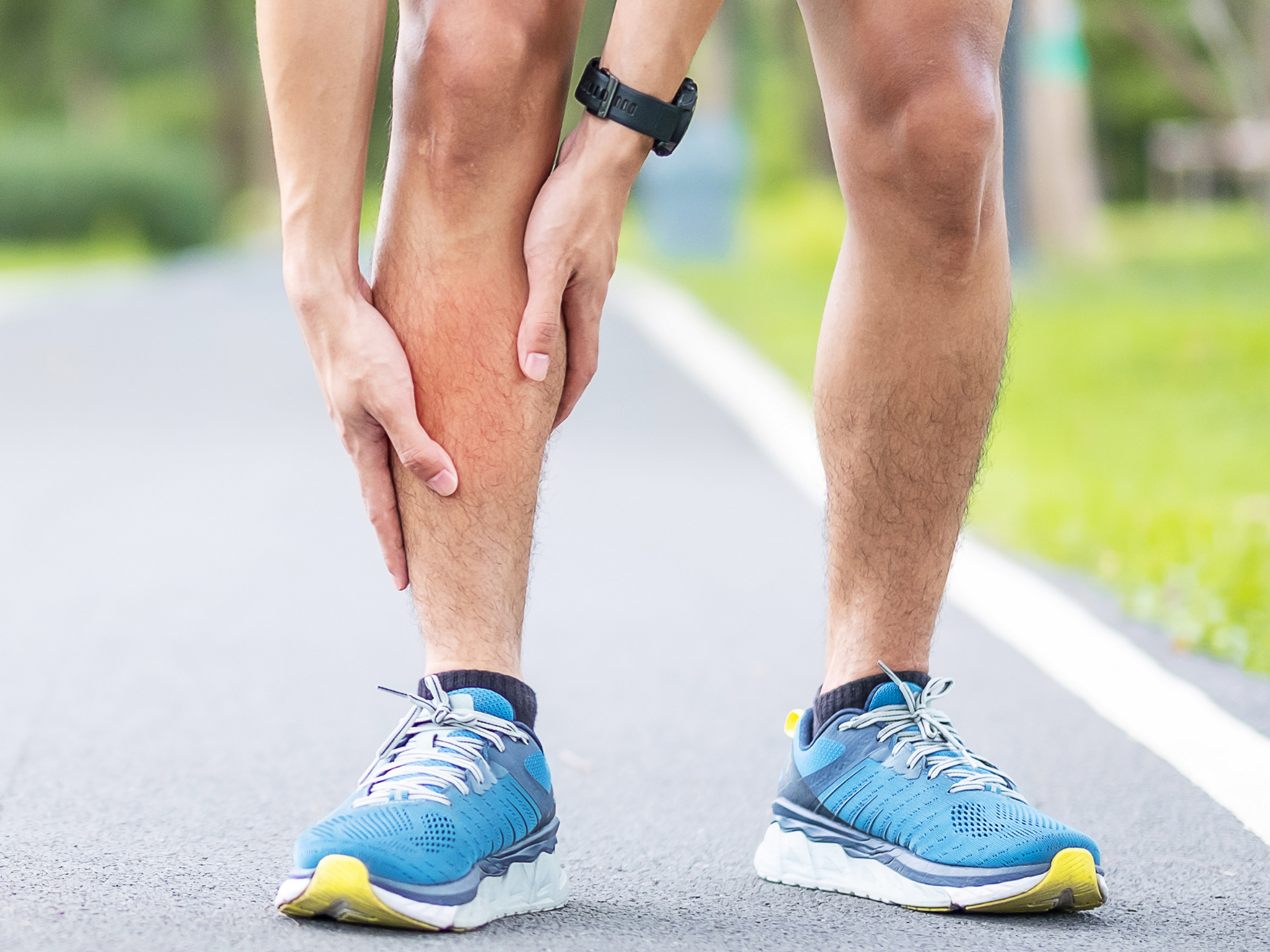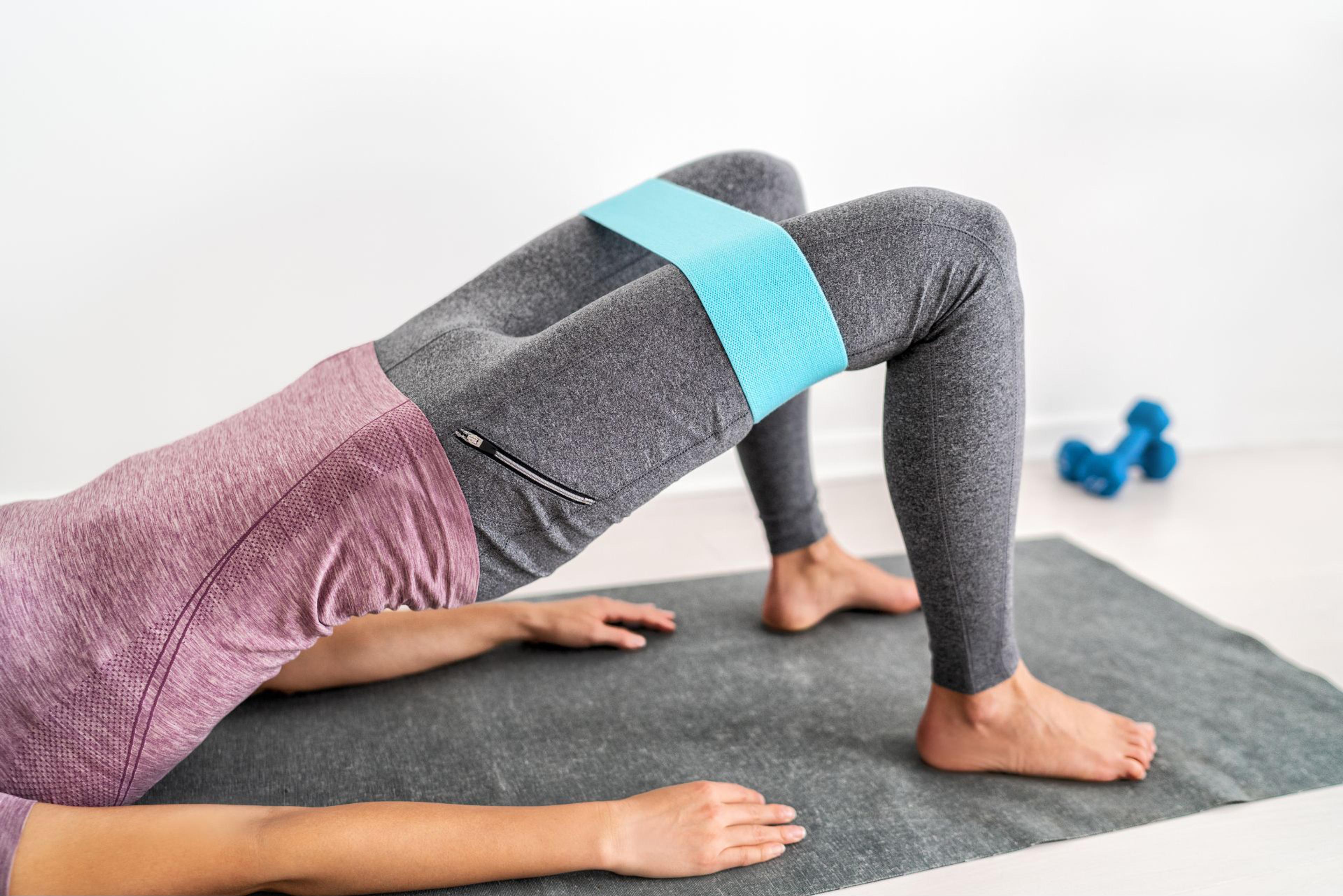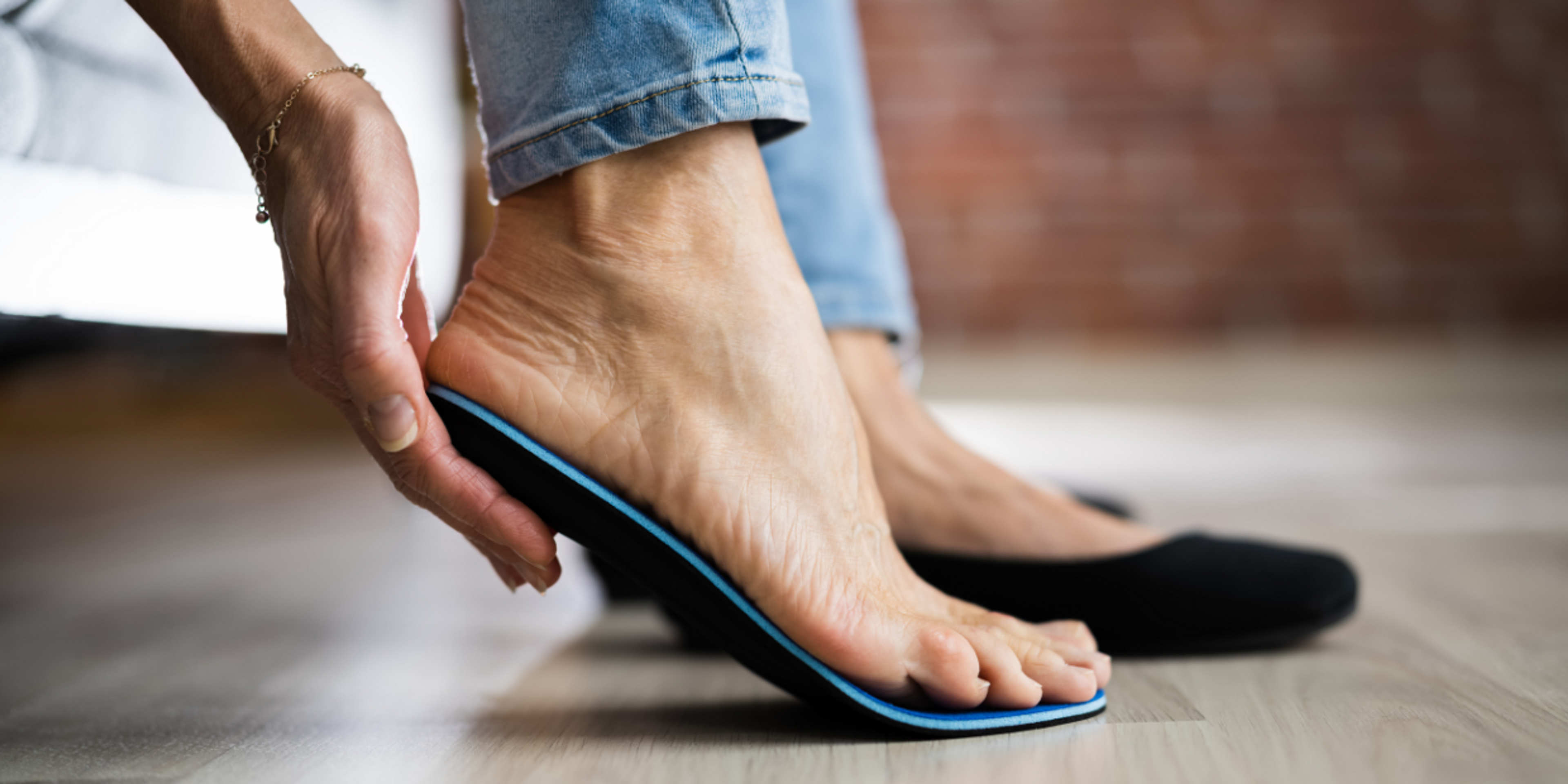A runner's guide to medial shin splints: Causes, treatments and recovery times
Shin splints can be a confusing term because people often use it to describe different types of injuries that cause pain in the shin bone.
This article discusses inner shin pain, often referred to as medial shin splints or medial tibial stress syndrome (the medical term).
What is medial tibial stress syndrome?
Medial tibial stress syndrome (or medial shin splints) is a stress reaction affecting:
- either the shinbone (tibia)
- or the fascia layer (periosteum) that covers the shinbone.
This stress reaction develops where the muscles and connective tissue attach to the inner (medial) part of the shinbone.
What is a stress reaction?
Did you know fascia and bone "grow" in response to exercise? So, when you exercise, not only do your muscles get stronger, your bones and fascia do too.
This is due to a process called tissue remodeling. What's that? It's when tissues (e.g., bone and fascia) shed old or damaged cells and replace them with new ones.
When you exercise, your bones, fascia, muscles, and tendons experience micro-injuries. These tiny injuries are natural and signal the brain to repair and strengthen those structures.
When you rest between workouts, your tissues recover from these micro-injuries. In this remodeling phase of healing, injured cells are removed and new cells are formed.
If there's not enough time to rest and repair, these micro-injuries accumulate — your tissues shed cells quicker than your body replaces them, and a stress reaction occurs.
What causes medial shin splints?
Current literature suggests that medial shin splints can have more than one cause. Often, several factors combine to increase the strain on the inner shin and the muscles that attach there.
The risk factors listed below all have something in common: They increase the load going through the inner side of the shin and make the ankle muscles work harder while running.
Risk factors for developing medial shin splints include:
- Muscle imbalances around the pelvis, hips, and ankles can cause your legs to turn in excessively when you run
- 'Flat feet' or over-pronation (excessive rolling in) of the feet
- Overstriding when you run increases the force through your legs and may cause your legs to rotate inward excessively
- Poorly fitting or old running shoes
- Having a higher body weight or carrying a heavy weight while running
- Running on uneven terrain or hard surfaces
- Increasing running mileage or training intensity too quickly
- Not allowing enough recovery time between training sessions
How can you tell if you have medial tibial stress syndrome?
Symptoms
The main symptom of medial tibial stress syndrome is pain along the inner shin bone over an area of more than 5cm. However, recent research suggests that 10cm may be a more appropriate measure to rule out stress fractures.
Pain ranges from mild to severe, and you may also have some mild swelling in your lower leg.
Initially, the pain may only be present when you run or jump. In mild cases, the pain may disappear as you warm up but then come back worse after a training session.
If you continue aggravating it, it may also hurt during low-impact activities like walking.
It usually doesn't hurt at rest or in bed, but the first few steps when you get up from sleeping may hurt.
Downhill running tends to be more painful than uphill running in shin splints because it increases the force going through your legs and may accentuate bad running form (e.g., legs turning in more).
Scans
X-rays usually don't show this injury. MRI scans are best for diagnosing medial tibial stress syndrome. It usually shows swelling in the injured area and thickening of the fascia that surrounds the bone (the periosteum).
What else can cause inner shin pain?
Shin pain can be more than just shin splints in some cases.
Stress fractures and exertional compartment syndrome are rare. Still, they're worth mentioning because they can become serious if not addressed early.
Typical signs of a stress fracture include:
- Pain in a small, focused area on the shin bone (less than 10cm long),
- Pain when you hop on one leg (this may also be present with medial shin splints),
- Pain that remains present or worsens during exercise,
- Pain at rest, or
- Pain that keeps you awake at night,
- Stress fractures often don't show up on X-rays. MRI scans are better for diagnosing them.
The symptoms of compartment syndrome include:
- Aching, burning, numbness, and tingling in the calf,
- Symptoms start after a few minutes of exercise,
- These symptoms are only present while you exercise and disappear within a few minutes of stopping an activity.
- Compartment syndrome is typically diagnosed by measuring the pressure inside the relevant lower leg fascia sheath while you exercise.
How do you treat medial tibial stress syndrome?
The most effective treatment that benefits most cases of medial shin splints is a mix of:
- Relative rest — To allow your pain to settle and healing to start, you must reduce your activities to a level that does not aggravate your pain. We've previously discussed how to adapt your activities, including running, for shin splint recovery.
- Rehab exercises — Usually aimed at improving your running form (so your legs turn in less) by improving your core, leg, and ankle strength and control. You can find a detailed discussion on what exercises to do for shin splints here.
- Easing back into running with good form — Rehab can't fully prepare your injured leg for running. The best way to safely gain the final strength is by following a running plan that alternates short walk and run intervals like the one included in the shin splints rehab plan in the Exakt Health app.
Other treatments may help include:
- Supportive shoes
- If you over-pronate — Orthotics and insoles provide arch support, improve body alignment, and enhance leg and foot movement, which reduces the load through the lower leg.
- If you overstride, improving your running form may help.
- Taking calcium and vitamin D supplements may help with bone healing.
- Taping may provide temporary pain relief, but it doesn't work for everyone.
- Massage may help decrease pain, but it can also increase your pain if it's too aggressive. It's best to avoid hard massage or foam rolling over the painful area.
How long does it take for shin splints to heal?
Shin splints is not a fast-healing injury but the quicker you get the right treatment advice, the faster your recovery will be.
The Exakt App contains a step-wise rehab plan for shin splints with tips on how to adjust all the activities you do in a day to speed up your recovery.
Top tips for preventing shin splints
Fortunately, shin splints don't have to be permanent, and most people recover with a conservative treatment plan consisting of rest and strength training exercises.
Now that you have a good understanding of why you get shin splints and how to treat it, have a look at this article where we explain the rehab process and what exercises to do in a lot more detail.




